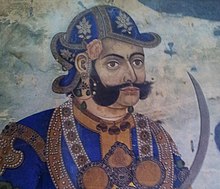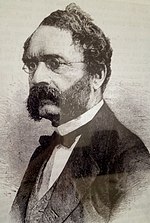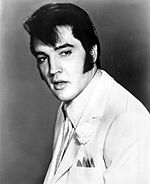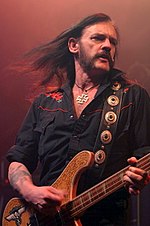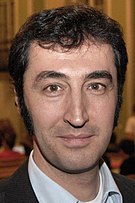
A beard is the hair that grows on the jaw, chin, upper lip, lower lip, cheeks, and neck of humans and some non-human animals. In humans, usually pubescent or adult males are able to start growing beards, on average at the age of 21.

A moustache is a growth of facial hair grown above the upper lip and under the nose. Moustaches have been worn in various styles throughout history.

A handlebar moustache is a moustache with particularly lengthy and upwardly curved extremities. These moustache styles are named for their resemblance to the handlebars of a bicycle. It is also known as a spaghetti moustache, because of its stereotypical association with Italian men. The Handlebar Club humorously describes the style as "a hirsute appendage of the upper lip and with graspable extremities".

A goatee is a style of facial hair incorporating hair on one's chin but not the cheeks. The exact nature of the style has varied according to time and culture.
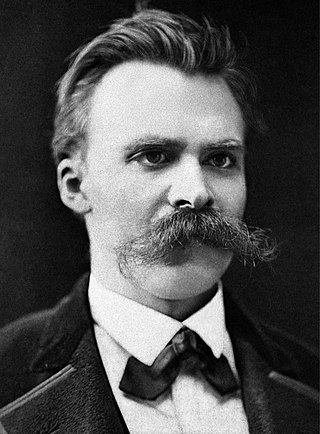
The walrus moustache is characterized by whiskers that are thick, bushy, and drop over the mouth. The style resembles the whiskers of a walrus, hence the name.
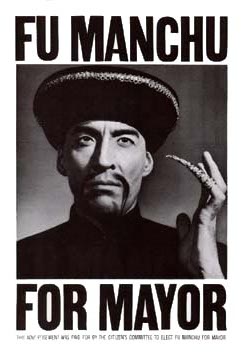
A Fu Manchu moustache or simply Fu Manchu, is a full, straight moustache extending from under the nose past the corners of the mouth and growing downward past the clean-shaven lips and chin in two tapered "tendrils", often extending past the jawline. An expansion of the Fu Manchu sometimes includes a third long "tendril" descending from a small patch on the chin.
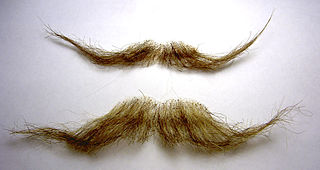
A fake moustache or false moustache is an item of prosthetic make-up. Fake moustaches are made in a variety of ways, but usually require a form of adhesive to affix the moustache to the wearer's face.
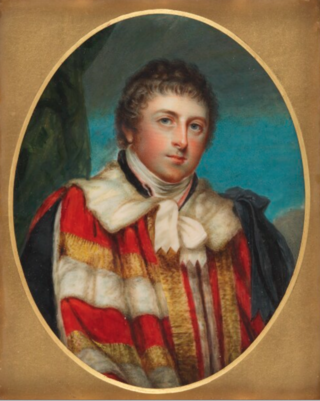
An eponymous hairstyle is a particular hairstyle that has become fashionable during a certain period of time through its association with a prominent individual.

A Shenandoah, also known as an Amish beard, a chin curtain, a Donegal, a Lincoln, a spade beard, or a whaler, is a style of facial hair.
The World Beard and Moustache Championships is a biennial competition hosted by the World Beard and Moustache Association (WBMA), in which men with beards and moustaches display lengthy, highly styled facial hair.

Facial hair is hair grown on the face, usually on the chin, cheeks, and upper lip region. It is typically a secondary sex characteristic of human males. Men typically start developing facial hair in the later stages of puberty or adolescence, around fifteen years of age, and most do not finish developing a full adult beard until around eighteen or later. However, large variations can occur; boys as young as eleven have also been known to develop facial hair, and some men do not produce much facial hair at all.

A beard tax is a governmental policy that requires men to pay for the privilege of wearing a beard. The most well documented beard tax was in place in Russia during the 18th century.

Facial hair in the military has been at various times common, prohibited, or an integral part of the uniform.
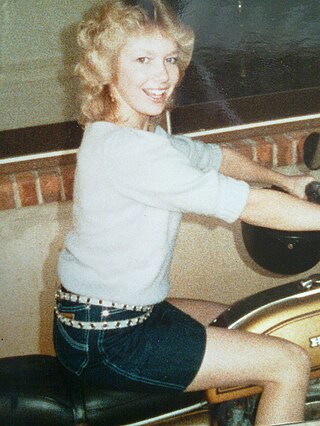
Hairstyles in the 1980s included the mullet, tall mohawk hairstyles, jheri curls, flattops, and hi-top fades, which became popular styles. Amongst women, large hair-dos, puffed-up styles, permanent waves, and softer cuts typified the decade. Big hair that was "often permed to achieve the desired volume" is especially associated with women of the mid 1980s as well as male rockstars of that era, especially of the glam metal genre. Television shows such as Dynasty helped popularize the high volume bouffant and glamorous image associated with it.
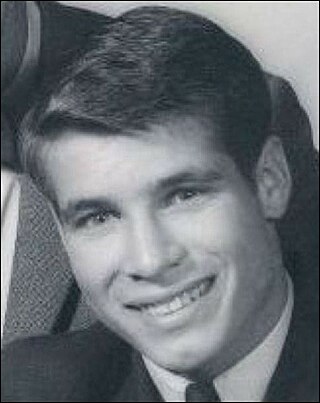
A regular haircut, in Western fashion, is a men's and boys' hairstyle that has hair long enough to comb on top, a defined or deconstructed side part, and a short, semi-short, medium, long, or extra long back and sides. The style is also known by other names including taper cut, regular taper cut, side-part and standard haircut; as well as short back and sides, business-man cut and professional cut, subject to varying national, regional, and local interpretations of the specific taper for the back and sides.
The Mustache Gang, a term coined for the 1972 Oakland Athletics baseball team, a team that broke the traditionally conservative baseball views by sporting mustaches. From the change in American men's fashion away from facial hair in the 1920s to the early 1970s, there had only been two baseball players who had facial hair during the regular season: Stanley "Frenchy" Bordagaray of the Brooklyn Dodgers, who was then ordered to shave by his manager, and Wally Schang of the Philadelphia A's.
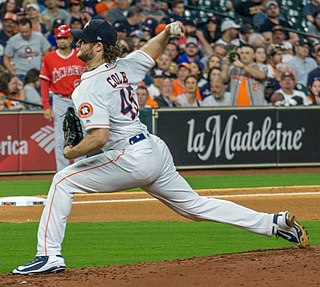
Since 1976, the New York Yankees of Major League Baseball (MLB) have maintained a strict appearance policy, specifying that players' hair must not touch their collars and that they may have mustaches but no other facial hair. The policy came from then-franchise owner George Steinbrenner, who believed that regulating his players' appearance would instill a sense of discipline. Steinbrenner began noting which players he believed needed haircuts when he took over the Yankees in 1973, but the policy was not codified until three years later. Steinbrenner's policy remains in place after his death, and has led to a number of dramatic appearance changes for players who come to the Yankees from other teams, such as Oscar Gamble, as well as pushback from players who prefer long hair and beards. In 1991, Don Mattingly was taken out of the Yankees' lineup for a day when he refused to cut his hair.
Secular laws regulating hairstyles exist in various countries and institutions.
